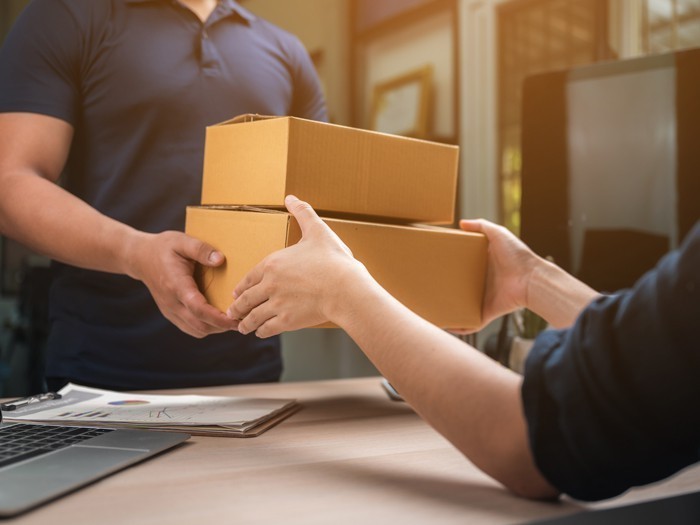
Master cross-border shipping with these tracking hacks. Learn how to monitor customs clearance and prevent costly international delays.
Hook: "48% of international shipments face delays at customs due to paperwork errors (DHL 2023 report). Here’s how to stay in the other 52%."
Preview: How tracking tech + prep work can prevent 90% of hold-ups.
Tech Used:
Customs integration (e.g., ACE, AEOI systems)
Multi-carrier APIs for global visibility
Dual tracking numbers (local + international)
Visual: Comparison table of domestic vs. international tracking features.
Missing/Incorrect Docs
Tracking Solution: Automated pre-alerts for required forms (e.g., commercial invoice, HS codes).
Duty Disputes
Tracking Solution: Integrated tax calculators in tracking portals.
Regulatory Holds
Tracking Solution: Real-time updates with customs agency statuses (e.g., "FDA review pending").
Random Inspections
Tracking Solution: AI predicts inspection likelihood based on shipment history.
Broker Delays
Tracking Solution: Broker contact details linked to tracking page.
For Shippers:
Use trackable barcodes (GS1-128) for auto-data entry.
Pre-submit docs via carrier APIs before shipment arrives.
For Recipients:
Monitor tracking for "Customs Action Required" flags.
Upload missing docs directly through tracking links.
Problem: Frequent 5–7 day customs holds.
Solution: Implemented end-to-end tracking with:
Automated commercial invoices
Customs prep alerts
Result: 70% faster clearance, 40% fewer customer complaints.
Recommended Platforms:
ImportGenius (for US-bound shipments)
FedEx CrossBorder (duty prep tools)
Zonos (tax/duty automation)
Screenshot: Annotated tracking page showing customs status.
"How long do customs usually take?"
Typical ranges by country (e.g., Germany: 1–2 days, Brazil: 3–10 days).
"Can I track before customs clears?"
Yes – look for "Arrived at Border" statuses.
CTA: "Use our [Customs Delay Risk Calculator] to assess your next shipment!"